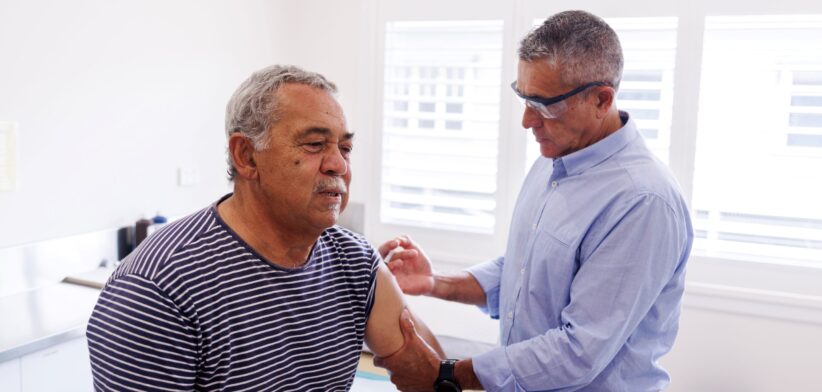Diabetes and high cholesterol are impacting the lives Aboriginal and Torres Strait Islander adults in varying degrees, depending on where they live.
New data from the Australian Bureau of Statistics (ABS) shows First Nations people have higher rates of diabetes if they live in remote communities, as opposed to those in non-remote areas, while the statistics are flipped for high cholesterol.
ABS Head of Health Statistics James Eynstone-Hinkins said almost one in six (15.5 percent) of Aboriginal and Torres Strait Islander adults had diabetes and one in four (25.7 percent) had abnormally high total cholesterol levels. (The rate of high cholesterol in the entire Australian adult population is less than 10 percent – Editor)
Mr Eynstone-Hinkins said the data showed that 21.7 percent of adults in remote areas had diabetes, compared with 14.3 percent in non-remote areas.
He said, conversely, Aboriginal and Torres Strait Islander adults living in non-remote areas were more likely to have abnormally high total cholesterol (27.8 percent), compared to those living in remote areas (16.5 percent).
“The health insights provided by this survey help to identify the needs of Aboriginal and Torres Strait Islander people across various regions.”
Mr Eynstone-Hinkins said diabetes was more common among Aboriginal and Torres Strait Islander people aged 55 and over, at 34.6 percent, than people aged 18 to 34 years, at 5.5 percent.
He said the results combined analyses of blood and urine samples volunteered by participants with self-reported health information.
“This showed that one in five Aboriginal and Torres Strait Islander adults who had indicators of diabetes did not report a previous diabetes diagnosis.”
Mr Eynstone-Hinkins said the Aboriginal and Torres Strait Islander adult population was also found to be iodine sufficient, which was important for healthy thyroid function, while one in four adults (26.6 percent) were vitamin D deficient.








